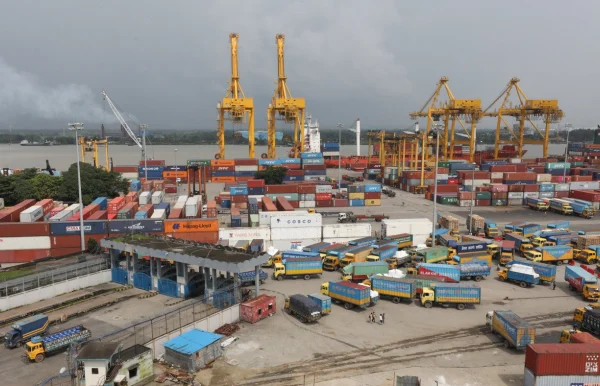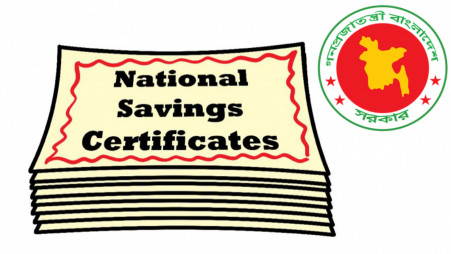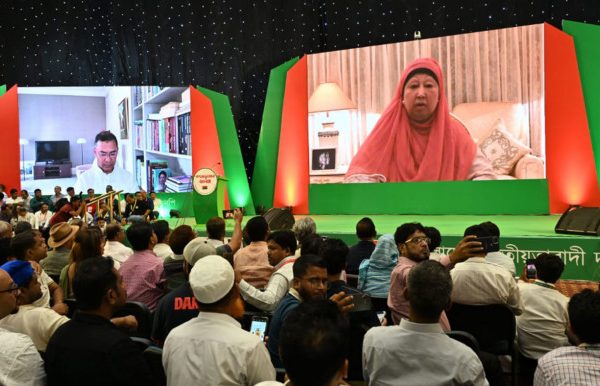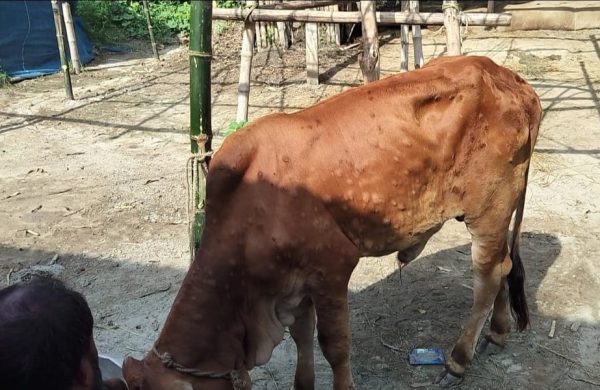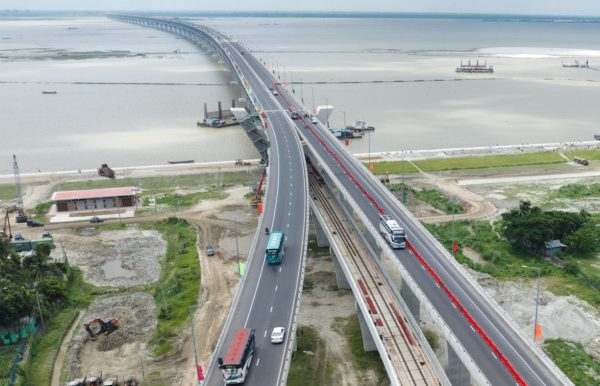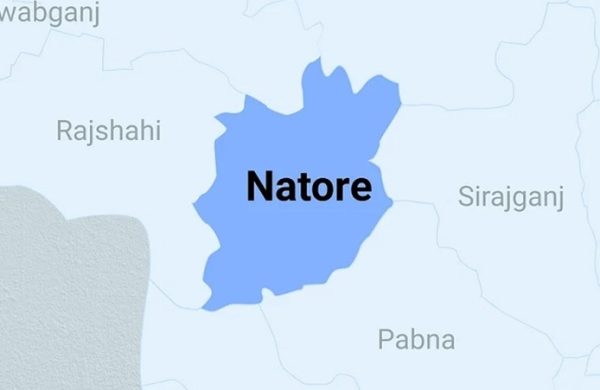Imported yarn costs cheaper, really..!
- Update Time : Saturday, February 1, 2025
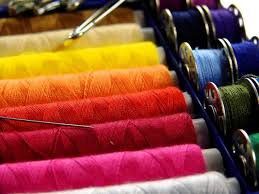
TDS Desk:
In 2024, Bangladesh’s cotton yarn imports soared by 39%, reaching an all-time high of $2.28 billion, according to National Board of Revenue data. Simultaneously, knitwear factories ramped up their fabric imports by 38%, spending another $2.59 billion. A staggering 80% of these imports came from India, a country emerging as a formidable competitor in the ready-made garment (RMG) sector.
At first glance, the appeal of imported yarn seems undeniable. Knitwear manufacturers report paying $2.19 per kilogram for Indian yarn delivered to Chattogram port. By contrast, locally spun yarn costs $2.45 per kilogram. The price difference – around 10% – immediately tilts the balance in favour of imports. But is it really that simple? A closer examination reveals hidden dynamics behind this price disparity.
THE UNSEEN COSTS OF IMPORTS
While the $2.19 per kilogram figure appears cost-efficient, importers bear significant additional expenses. Transportation from Chattogram port to factory hubs in Gazipur, Ashulia, Narayanganj and Narsingdi adds to the cost. There are also charges for opening letters of credit (LCs), confirmation fees, and insurance costs – all of which weigh on importers.
Inventory management presents another challenge. Imported yarn and fabrics are typically ordered in bulk, leading to storage and handling costs that local suppliers can help avoid. Furthermore, garments made using locally produced yarn qualify for a 1.5% cash incentive, a benefit absent for imported alternatives.
Also, local spinning mills offer unmatched flexibility. A garment manufacturer can order two truckloads of yarn and have them delivered directly to their factory without transportation costs. Moreover, local suppliers often extend generous credit terms, allowing garment makers to defer payments for up to two months after delivery.
As one spinner, requesting anonymity, put it: “Garment makers get yarn for at least two months without paying us, while the yarn is entirely produced with my money.”
Industry insiders say this ability to secure raw materials on credit is a lifeline for many garment factories, especially those operating on tight cash flows. It reduces their immediate financial burden and offers a degree of operational convenience that imported yarn simply cannot match.
THE BIGGER PICTURE
The rise in yarn and fabric imports underscores a larger concern: the growing dependency on a rival in the RMG market. While Indian imports may seem cost-effective, they come with long-term risks for Bangladesh’s textile and garment ecosystem, industry insiders said. Supporting local spinners could strengthen the domestic value chain, reduce vulnerabilities, and create a more sustainable foundation for the country’s largest export sector.
“The debate, therefore, isn’t just about cost – it’s about balance. How much should Bangladesh rely on imports, and at what point does it start eroding the resilience of its own industries?” said Showkat Aziz Russell, president of the Bangladesh Textile Mills Association (BTMA).
The previous government, led by Sheikh Hasina, opened the floodgates for Indian yarn imports by allowing their entry through land ports – a decision that BTMA President Russell described as a “disaster” for the country’s textile industry.
“Yarn import from India through land ports should be immediately banned as these ports lack the necessary infrastructure to prevent misdeclaration,” said BTMA president. He added that allowing imports via sea ports is less problematic because of stricter accountability measures.
Russell alleged that importers often exploit the land port system. “Many open LCs to import two tonnes of yarn but bring in 10 tonnes. Also, finer, higher-count yarn is imported under the guise of lower-count, thicker yarn,” he said. Such practices, he warned, are driving local spinning mills to the brink of collapse. “If this continues, factories will shut down, and hundreds of thousands of jobs will be lost.”
Russell called on the interim government, urging them to reverse the policies of their predecessors and ban yarn imports via land ports.
The bleak state of the textile sector is evident in investment data. According to the BTMA, the industry has 519 yarn manufacturing mills and 938 fabric manufacturing mills, representing a combined investment of over $25 billion. However, no new investments were made in 2023 or 2024, a stark contrast to 2022 when 14 new mills were established at over Tk4,000 crore.
IS REDUCTION IN INCENTIVES FOR EXPORTS USING LOCAL YARN THE CULPRIT?
One critical factor contributing to the crisis is the reduction of cash incentives for exports made with locally-produced yarn. The incentive was slashed from 3% to 1.5% this fiscal year. Mohammad Hatem, president of the Bangladesh Knitwear Manufacturers and Exporters Association (BKMEA), the main user of local yarn, criticised this move as detrimental to Bangladesh’s businesses.
“Once, we proudly said our knitwear had 80% value addition because of local yarn. Now, 90% of the yarn I use is imported,” Hatem said. He attributed this shift to policies prioritising imports over local production, indirectly benefiting a neighbouring country.
Hatem also pointed out the challenges local millers face, including inadequate gas supply despite a 180% price hike last year. Combined with the reduced incentives, these issues have placed local mills in a dire situation. “Thousands of crores in bank investments in this sector are at risk if the current situation persists,” he warned.
While some blame the government’s policies for the sector’s struggles, others point to the financial miscalculations of knitwear manufacturers. A top spinning mill owner argued that the lower upfront cost of imported yarn masks additional expenses, such as bulk-order requirements, inventory management, and transportation.
“Importers don’t account for these costs. Meanwhile, local suppliers offer relaxed payment terms and deliver yarn directly to factories without additional freight charges,” he said.
Despite these advantages, imported yarn remains cheaper overall. Hatem acknowledged, “Even if transportation, clearing and forwarding (C&F), and insurance costs are added, imported yarn is still less expensive than locally-produced yarn.”


